Rolls-Royce has appointed Balfour Beatty as its fissile construction partner for the planned expansion of its Raynesway site in Derby, the company stated.
The expansion will support Rolls-Royce’s commitment to provide reactors for the Royal Navy’s future submarine fleet, including those to be delivered under the AUKUS programme. The company previously announced in 2023 that it intends to double the size of the site, creating 1,170 skilled roles and building new manufacturing and office facilities.
As the work involves nuclear-licensed facilities, Rolls-Royce noted that the construction of fissile infrastructure requires additional complexity and safety measures compared to conventional projects. Balfour Beatty had already been named as the non-fissile construction partner last year, and will now provide continuity across the full expansion effort.
Terry Meighan, Rolls-Royce Submarines Infrastructure Director, was quoted in the press release as saying: “The expansion work we have planned is of critical national importance as it enables us to safely increase our speed of manufacture, helping to deliver Dreadnought and the new SSN-AUKUS attack submarines at a much faster rate.”
He added: “The experience, pedigree and strong commitment to safety displayed by Balfour Beatty during the tender process means we now have a full complement of design and construction partners across the fissile and non-fissile expansion work.”
Nick Crossfield, Balfour Beatty Group Sector Lead, UK Defence, said: “Our appointment to this critical programme is a powerful endorsement of Balfour Beatty’s specialist expertise and proven ability to deliver complex infrastructure within one of the UK’s most secure and regulated environments.”
Rolls-Royce Submarines employs more than 5,000 people across the UK and currently supports the Astute and Dreadnought submarine build programmes. The company also provides in-service support for the Royal Navy’s submarine reactors from its Derby operations centre and through teams based in Barrow-in-Furness, Devonport, Faslane, Glasgow, Cardiff, and Thurso.


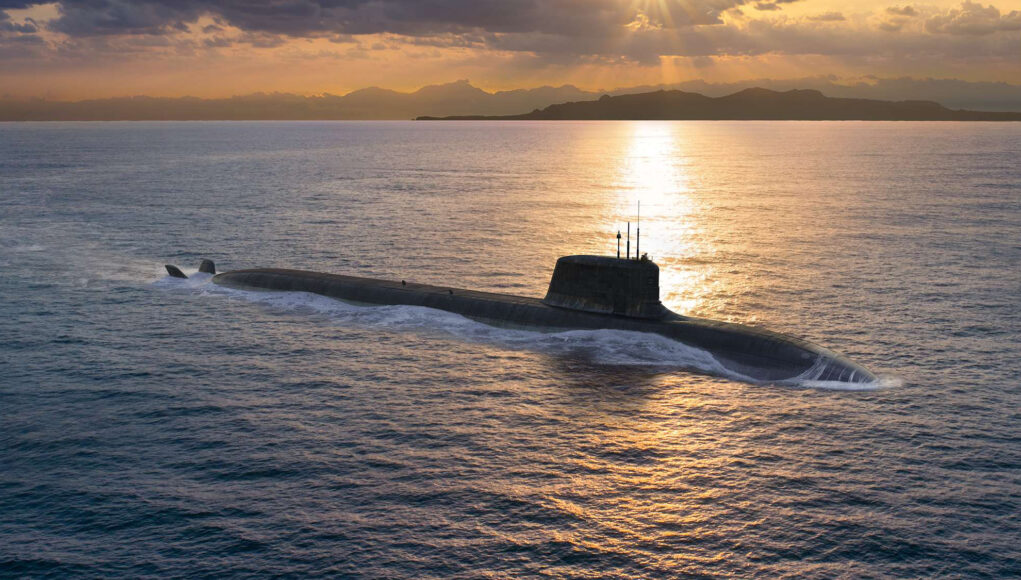
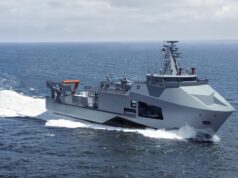
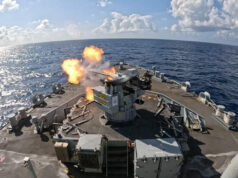
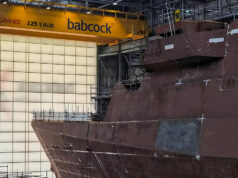
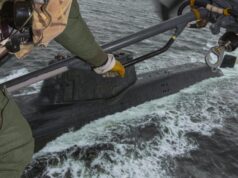
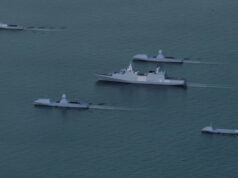
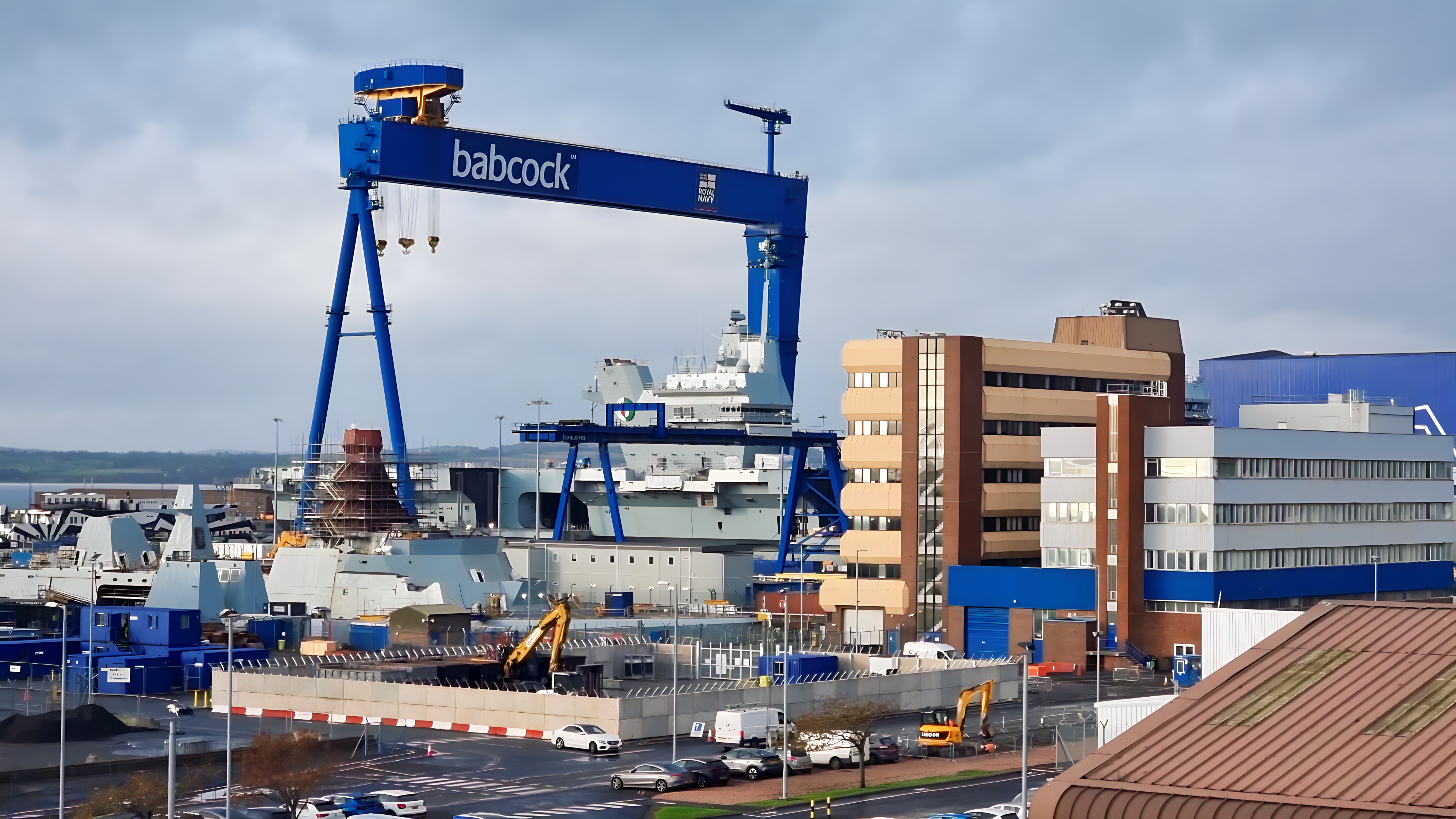
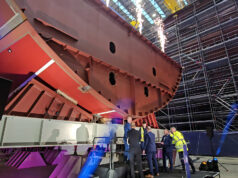

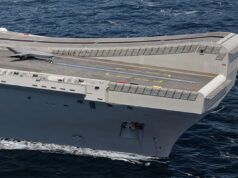


ABC?
You rang M’Lord !
This is no surprise, we have a way of doing this and it works. BAe designs and builds all U.K Nuclear Submarines, Rolls Royce designs and builds all the nuclear Reactors, cores and the fissile material for those Submarines. They both hold Nuclear licences which allow them to carry out that work and ancillary processes (RR has 2 separate licences one is for the handling of fissile material so it can be turned into fuel pellets and the second is for operating the Neptune facility.
Company names, may have changed but the overall system remains the same.
Behind these companies there are “trusted supply chains” who supply parts and carry out necessary works. Which means they have decades of experience and cleared to carry out their work in a safe, professional manner whilst operating in an environment that is highly dangerous, and subject to the highest levels of security we have in this country (it’s actually a higher classification than Aldermaston of Burghfield).
Balfour Beatty are one of those companies and it goes right back to the 50’s when the U.K. decided to build the first PWR1 for our own SSN’s.
If anyone is surprised by this then I just invite you to go onto Google Earth and look at the RR Raynesway site, if you look outside the front of the site you will be on West Service Rd, then go down the road a wee but and hey presto Balfour and Beatty.
Before anyone jumps up and down about why this is happening so late, it isn’t late it isn’t, this is a part of a massive upgrade programme that has been ongoing for nearly a decade. It just happens to be the upgrading of the bit that you really don’t give to amateurs or the lowest bidder and B&B built the original facility, its replacement and now the build the new one, what makes this one harder is that it has to produce sufficient fissile material for both the RN and RAN boats.
So as far as Derby is concerned it’s all systems go for AUKUS.
Thanks mate.
Higher than AWE? Impressive.
I study our infrastructure at length so aware of the type of security at AWE, but not studied Raynesway too closely in that regard.
It’s all down to nature of the US / UK Mutual Defence agreements, there are manufacturing techniques, design features and materials that we share and are higher classifications than the H bombs.
Making a functional bomb has been managed by at least 8 countries and several others have the latent ability to do so. But building a powerful, small, safe, low maintenance, HEU PWR, very quiet and can operate at 300m + and in more than 400 PSI of water pressure is in another league.
Which is why so few have managed it, and non as well as us. And we want to keep it that way.
I wonder what we are going to do with all this spare capacity once Australia pulls out of AUKUS.
Hopefully we will increase our own fleet.
To paraphrase Lady Bracknell, to pull out of one programme might be considered unfortunate to pull out of two….
Jim the contracts are all signed, Australia is spending money and the only folks belly aching about in Australia are Pomm hating idiots who just think that the US will just swoop in and magically produce a lovely shiny fleet of SSN(X) boats. The U.K and US have been quite happily building boats for over 60 years and will have pretty well bomb proofed the contracts.
Let’s just park this till the DIP is published (December ?) and see what the RN SSN(A) buy is.
Just perhaps, it may be of use in the manufacture of the intended SMR for domestic power production. Presumably the security requirements for the fissile material are that same as for military use.
Nope absolutely wrong, other than being small reactors the tech involved is very different and is completely Fire walled to avoid any technical crossover. As for the fuel in SMR or Micro reactors vs US/UK Submarine reactors yes both use enriched U235, but at different ends of the scale.
A civilian SMR is fuelled by either LEU (4.5 to 5.0% enrichment) or HALEU (5 to 20% enrichment), but our boats are fuelled by full fat high end Bomb Grade HEU which is far higher than the base level of enrichment required for a basic A bomb (Iran got to 60%). The reason for using such a high % HEU is it means a modern PWR3 doesn’t require refuelling for @25 years.
This may surprise you but all the way from basic recruitment & training the workers follow completely separate development paths and there is zero crossover from the Military side to civilian. FYI the present CEO of RR is Turkish and has done an amazing job of turning round the company, but other than the front office he has zero access to anything else.
Anything with the n-word will be 10x the normal price.
That’s because some of it is 000’s times more deadly if it goes wrong, but the vast majority is basically just beefed up standard industrial specs. For example the piling specs for the main facilities are way more than any nearly facility.
I was being sarcastic. I work as a design engineer, have done some work in the nuclear sector so I’m well aware of the hazards of the nuclear industry. Ultimately its the tax payer picking up the bill and giving BB a good profit.
BB? A subsidiary of RR or BAES?
We should be pursuing a home-grown delivery vehicle for the warheads as well.
Dependence on the US in this climate? The biggest national security risk since ww2. We need to be prepared for the possibility of confrontation across the pond – and they need to see that readiness and feel the respect that it commands.
Play nice in the short-mid term, even call him “daddy” if you want to (Mark Rutte the embarrassment) – but Dreadnought and Trident will underpin UK security for the majority of most of our lives. We can’t trust the US not to invade NATO territory next week, let alone 40 years from now. They’re only becoming more radical and weaponised by the day, and yet nobody seems to recognise this as a direct threat to the UK’s long term security.
I’m all for a high degree of integration with the US in defence – but when it comes to the heavy hitting guarantor of our land? No.
Wise words Jay we need to get our heads around the next 5, 10 and 20 plus years because how we behave may have to be radically different during the latter two periods than the immediate so we need to play the game now while we prepare for the worst and do so with actions not just words. Worth remembering that during the early to mid thirties the US contemplated declaring war on Britain. The events of a few years later have rather dimmed that in the memory of even most historians.
isn’t that the picture of a Suffren/ Barracuda SSN?